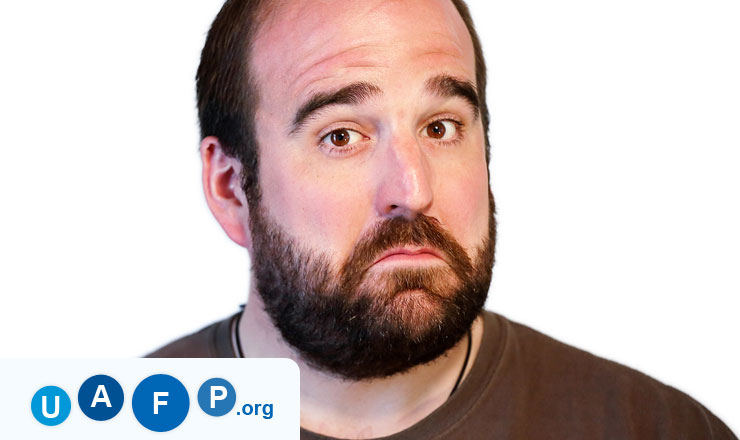Down Syndrome
Down syndrome is a type of genetic condition that results in learning disability along with distinctive physical appearances. This condition occurs when there is a presence of an extra chromosome 21.
Causes of Down syndrome
Each cell of the human body contains 23 pairs of chromosomes that have all the information regarding genetic makeup, which helps in determining the inherited characteristics. Half of the chromosomes are received from the mother and the other half from the father. People suffering from Down syndrome have an extra chromosome 21. At present, studies have not been able to determine how that extra chromosome appears, but the age of the mother is considered to be related to this condition. The older the mother is, the higher the possibilities of having a baby with Down syndrome.

In this condition, there are quite many visible physical characteristics that can be observed in the children. Though, a genetic testing is necessary to confirm down syndrome. The common features that are associated to Down syndrome are:
- Short fingers
- Extended tongue that sticks out
- Flat head towards the back side
- Hyper-flexibility (can extend the joints excessively)
- A single deep crease present in the centre of the palms
- Abnormally shaped ears
- Eyes have an upward slant
- A flat face
- Small nose
- Babies appear to be floppy with reduced tone of muscles
Diagnosis of Down syndrome
Ultrasound screening is carried out in order to identify the presence of Down syndrome using a special technique known as the nuchal translucency. The space present between the spine and neck is calculated. Babies having Down syndrome contain high amounts of fluid as compared to the normal babies.
After ten weeks of pregnancy, CVS may also be conducted. On the 15th wee, amniocentesis can also be conducted in order to pinpoint down syndrome with 98 percent accuracy level. There are chances of having a miscarriage when conducting these tests as a needle is inserted to draw fluid present near the foetus to determine the baby’s chromosomes. A genetic test called karyotype is also conducted after the birth of the baby to confirm Down syndrome.
Treatment of Down syndrome
Researchers have not been able to come up with a cure for this condition. Children suffering from this condition are able to lead a meaningful life. However, they may have challenges in some cognitive and learning functions. There is delayed learning observed in the motor skills of the child. Some complex skills like catching a ball, or other basic skills as talking, sitting, baths, and walking have evidences of delayed learning. Physiotherapy will be necessary in that case to help in strengthening their muscles.
Prevention of Down syndrome
Preventive measures have not been pinpointed by scientists and researchers yet for Down syndrome. Though, there are no conclusive results for curing this condition, ongoing researches are being carried out to find out ways of preventing this condition. Currently, studies are focusing on the genetic makeup to gain some insight about this condition with the treatment and prevention as their focus.




